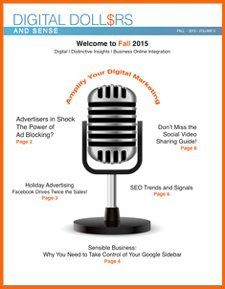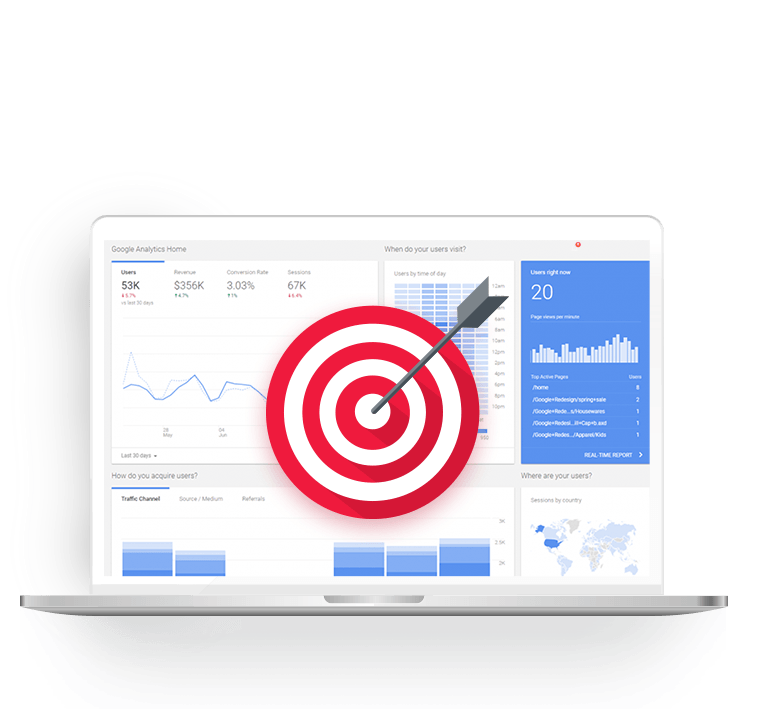Block Shock - Advertising Blockers and Display Ads
- By Joe Wozny
- •
- 21 Sep, 2016
As Featured In

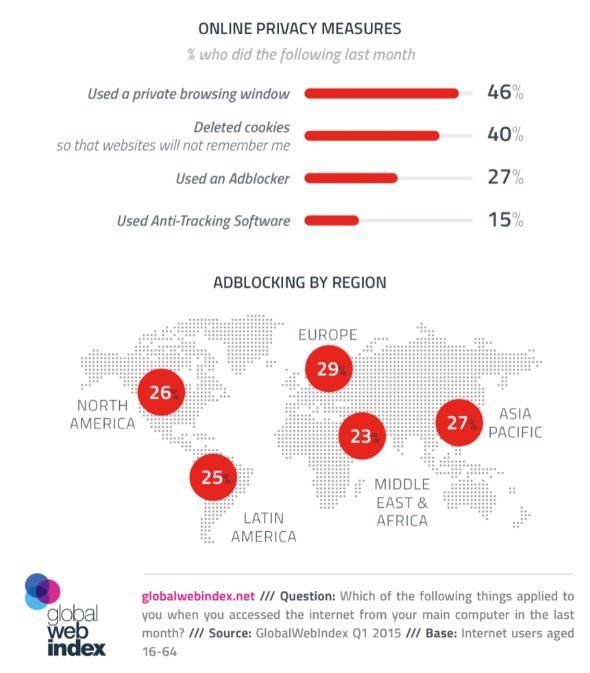
Joe Wozny, author of The Digital Dollar: Sustainable Strategies for Online Success, is a digital and online media thought leader, strategist, author, blogger and international presenter on strategies to improve the reach and success of Internet, social and digital media initiatives. Through Concentric, he helps leaders leverage their businesses using smart, well planned digital strategies. For more information on Joe as an author, please visit joewozny.com, and follow him on Facebook and Twitter

Partners and Advertising Networks

Partners and Advertising Networks

-
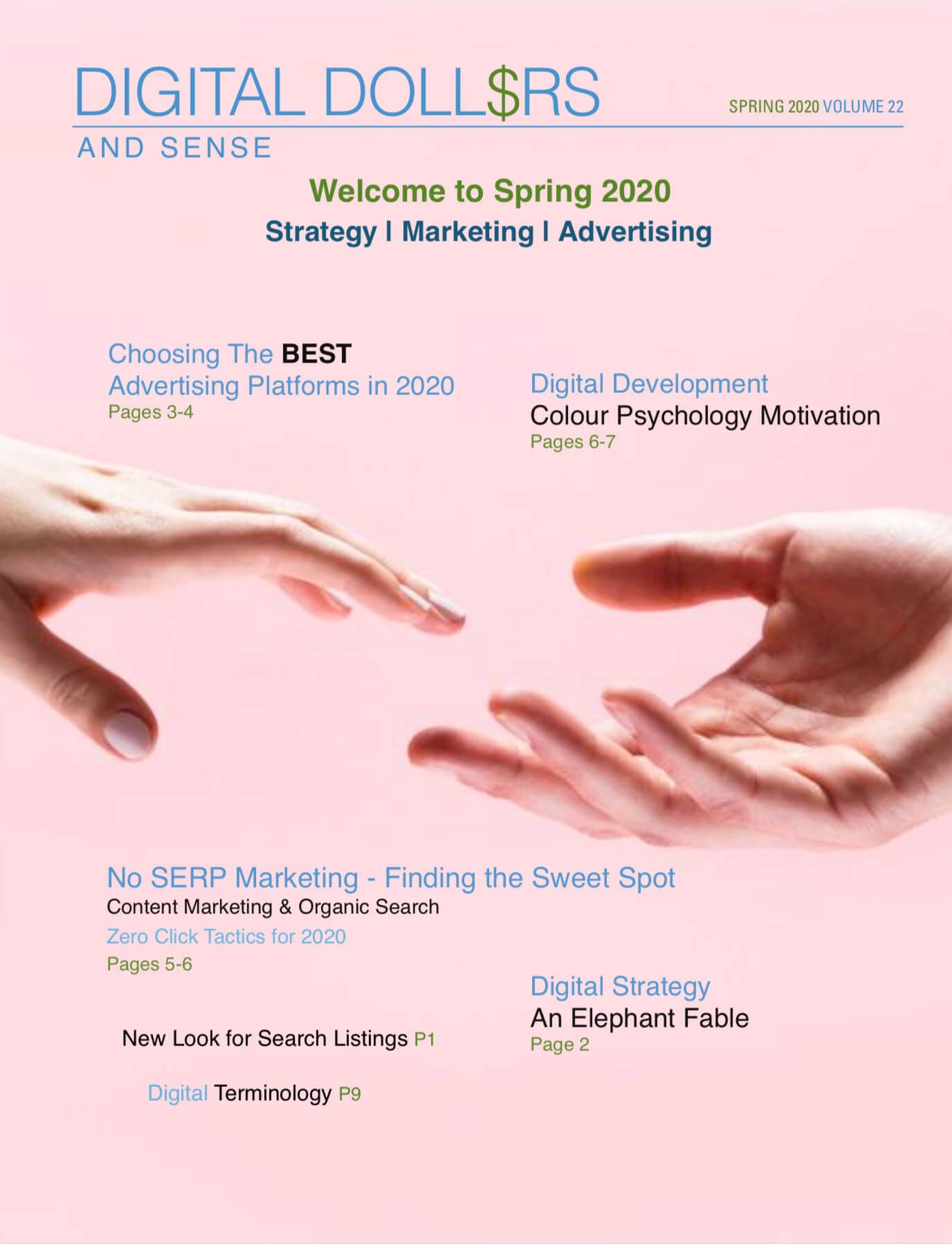
Slide title
Write your caption hereButton -

Slide Title
Write your caption here
Button -
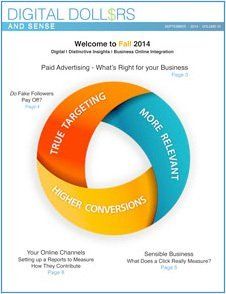
Slide Title
Write your caption here
Button -
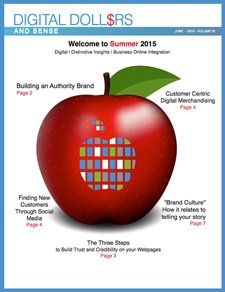
Slide Title
Write your caption here
Button -
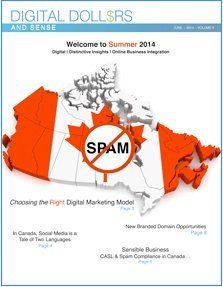
Slide Title
Write your caption here
Button -

Slide Title
Write your caption here
Button -
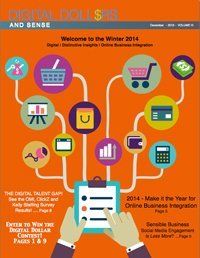
Slide Title
Write your caption here
Button -
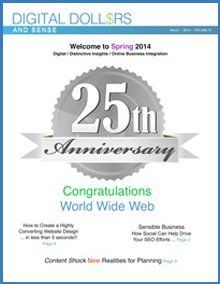
Slide Title
Write your caption here
Button -
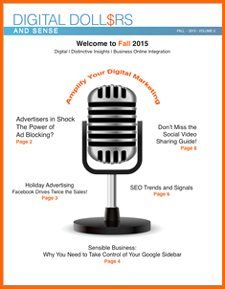
Slide Title
Write your caption here
Button -
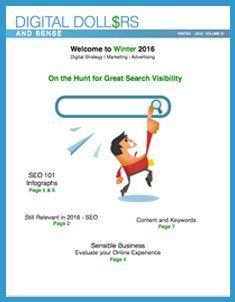
Slide Title
Write your caption here
Button -
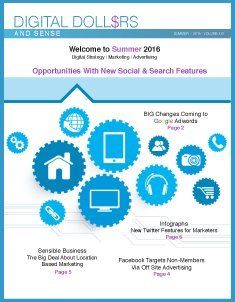
Slide Title
Write your caption here
Button -

Slide Title
Write your caption here
Button -
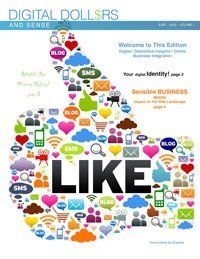
Slide Title
Write your caption here
Button -

Slide Title
Write your caption here
Button
-

Slide title
Write your caption hereButton -

Slide Title
Write your caption here
Button -

Slide Title
Write your caption here
Button -

Slide Title
Write your caption here
Button -

Slide Title
Write your caption here
Button -

Slide Title
Write your caption here
Button -

Slide Title
Write your caption here
Button -

Slide Title
Write your caption here
Button -

Slide Title
Write your caption here
Button -

Slide Title
Write your caption here
Button -

Slide Title
Write your caption here
Button -

Slide Title
Write your caption here
Button -

Slide Title
Write your caption here
Button -

Slide Title
Write your caption here
Button
-

Slide title
Write your caption hereButton -

Slide Title
Write your caption here
Button -

Slide Title
Write your caption here
Button -

Slide Title
Write your caption here
Button -

Slide Title
Write your caption here
Button -

Slide Title
Write your caption here
Button -

Slide Title
Write your caption here
Button -

Slide Title
Write your caption here
Button -

Slide Title
Write your caption here
Button -

Slide Title
Write your caption here
Button -

Slide Title
Write your caption here
Button -

Slide Title
Write your caption here
Button -

Slide Title
Write your caption here
Button -

Slide Title
Write your caption here
Button


